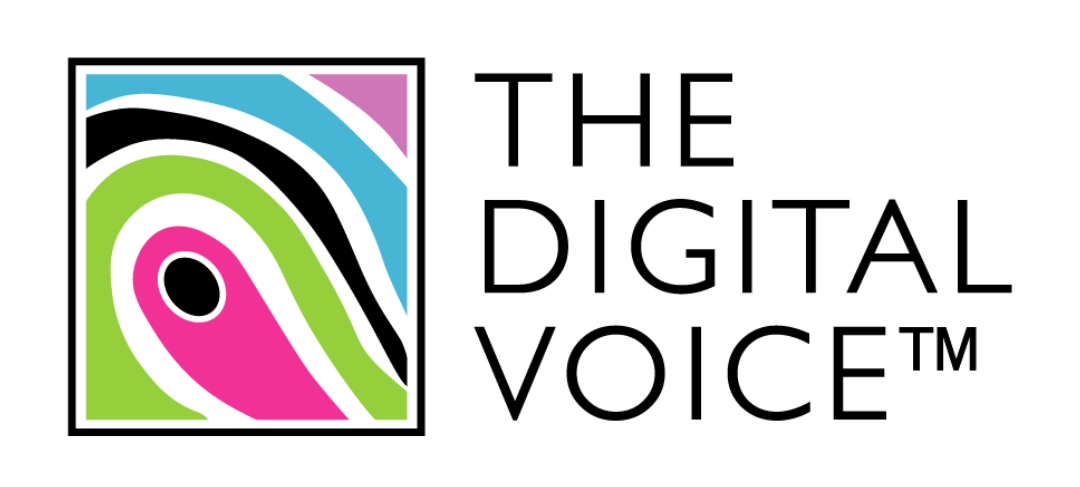Adtech stacks: 5 minutes with… Julia Linehan

Q: Why the confusion?
A: Digital advertising is a whirlwind of acronyms and unusual terms. From SSPs to IVT and ROI, those new to the business can find it a confusing place built on abbreviations, advanced technologies and fast-moving innovations. Getting to grips with these can be a challenge.
And what about ‘adtech stack’, the elusive entity that houses the acronyms, platforms and solutions that enable brands, advertisers and publishers to engage in advanced digital advertising?
It’s not as complicated as it sounds.
Q: What is an adtech stack?
A: For those who assume an adtech stack has some kind of physical form — this is not the case.
An adtech (or advertising technology) stack is simply the collection of tools, platforms and solutions that a publisher, brand or advertiser employs to digitally advertise its goods or services. Some of these tools are proprietary ones, built in-house. But for the most part, these solutions are licensed from specialist third-party technology companies for a fee.
Numerous third-party tech companies offer many diverse adtech solutions that do everything, from helping publishers to sell their inventory and marketers to buy it, to launching a new affiliate or influencer marketing campaign. Regardless of the particular solutions employed, they are collectively called an adtech stack.
Q: What does an adtech stack do?
A: That very much depends on the tools employed, but broadly, it helps marketers and publishers create, launch and optimise digital advertising campaigns. An adtech stack usually includes technologies that facilitate the buying of ads, audience targeting, audience tracking and performance analytics. An adtech stack is about generating revenue, and doing so in a privacy-centric way that is also easily scalable.
But an adtech stack might also contain specialist products that measure a campaign’s effect on brand performance, or a product that uses AI to analyse and recalibrate ad creative in real time to boost campaign performance. As we’ve seen, third-party tech companies offer a multitude of innovative digital advertising solutions, the majority of which can be added to an adtech stack.
Q: Who needs an adtech stack?
A: Any marketing department engaged in digital advertising will, over time, organically develop an adtech stack that caters to its unique needs, but this will vary in scale and complexity from company to company. At a time when budgets are tight, and marketers need to prove their value, digital advertising encompasses a highly effective group of marketing methods that deliver great results and can offer highly accurate attribution.
A publisher might employ an adtech stack to maximise ad revenue and help to sell its inventory. For example, a brand or advertiser might build an adtech stack from tools that help distribute its campaigns cost-effectively, target its audience contextually, and design amazing ad creative. They can also be used to protect brand safety in advertising, and increase ROI.
Q: What are the limitations to be aware of?
A: Digital advertising moves fast, and as new products and players come to market, the industry only becomes more complex. This means the digital advertising business — and every adtech stack — can struggle with transparency, which has left it vulnerable to exploitation, especially in the programmatic space.
Invalid traffic (IVT) is a real concern for marketers, as is sustainability. The digital advertising industry produces huge amounts of carbon. In the UK alone, it annually emits the same quantity of CO2 as 56 coal-fired power stations. It is critical that marketers employ tools in their adtech stack that actively aim to reduce advertising’s carbon footprint.
Q: How do you build an adtech stack?
A: An adtech stack should contain the tools and solutions you need to run your ad campaigns. Depending on the scale and size of your marketing activities, this could range from a small selection of solutions, to a hugely complex programmatic setup designed to run a vast number of different campaigns across different segments and channels, including mobile, video and CTV.
Here are some key principles:
- Understand what you want to achieve: Before building your adtech stack, think about your objectives, and the outcomes you are looking for. Are you hoping to drive sales, brand awareness or web traffic, for example?
- Understand your audience: You need to understand your audience to build an adtech stack that has a good chance of reaching them. If you know their triggers, needs, interests and preferences, you will have a good chance of doing that.
- Consider the components: What tools, platforms and solutions on the market will help you achieve your above objectives and successfully engage your audiences? A Supply-Side Platform (SSP) will help publishers monetise their placements, while a Consent Management Platform (CMP) will help a brand to manage user consent across various platforms.
- Analysis and optimisation: The final piece of your adtech stack puzzle is to ensure it has the wherewithal to give a full, detailed picture of its own performance. This will allow you to optimise the stack, making changes you need to streamline your ad campaigns and increase their chance of success.
An adtech stack doesn’t have to be complicated, but it does need to serve your needs effectively and efficiently. The world of digital advertising can be a confusing one, but understanding your adtech stack, optimising as you go, and embracing its full potential will quickly deliver results, and boost your advertising performance.



